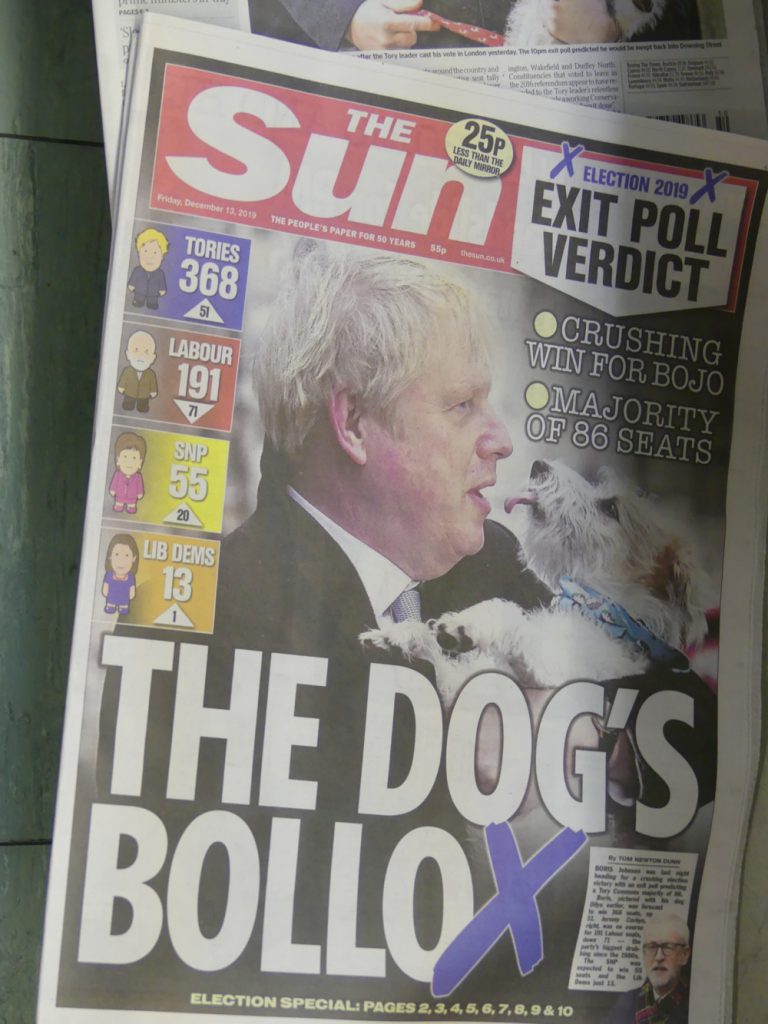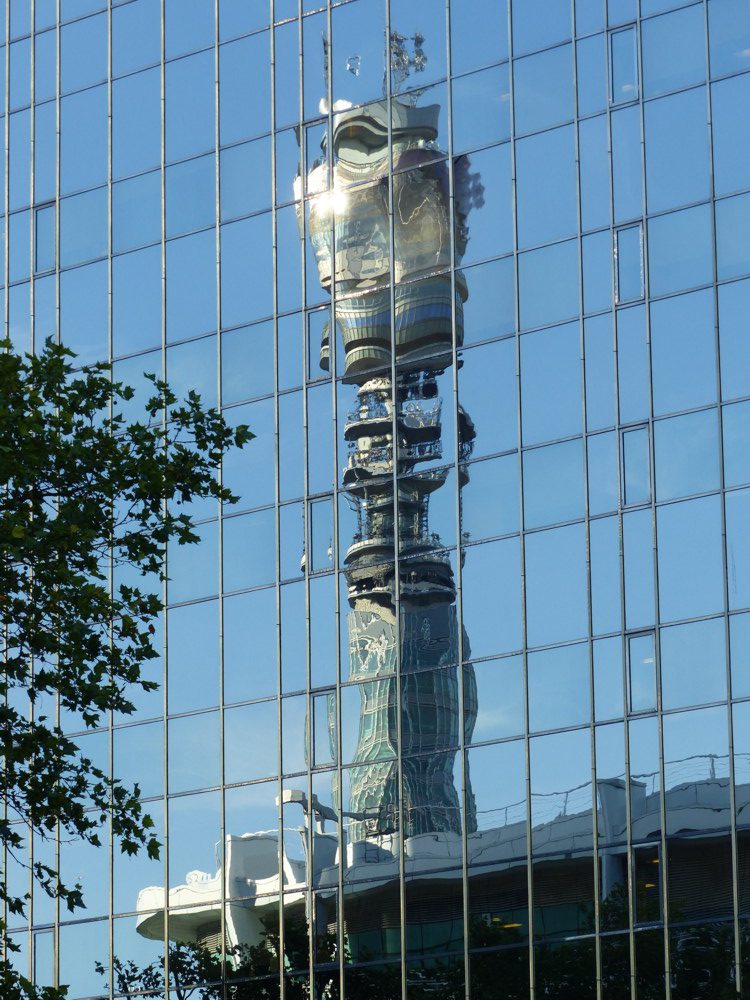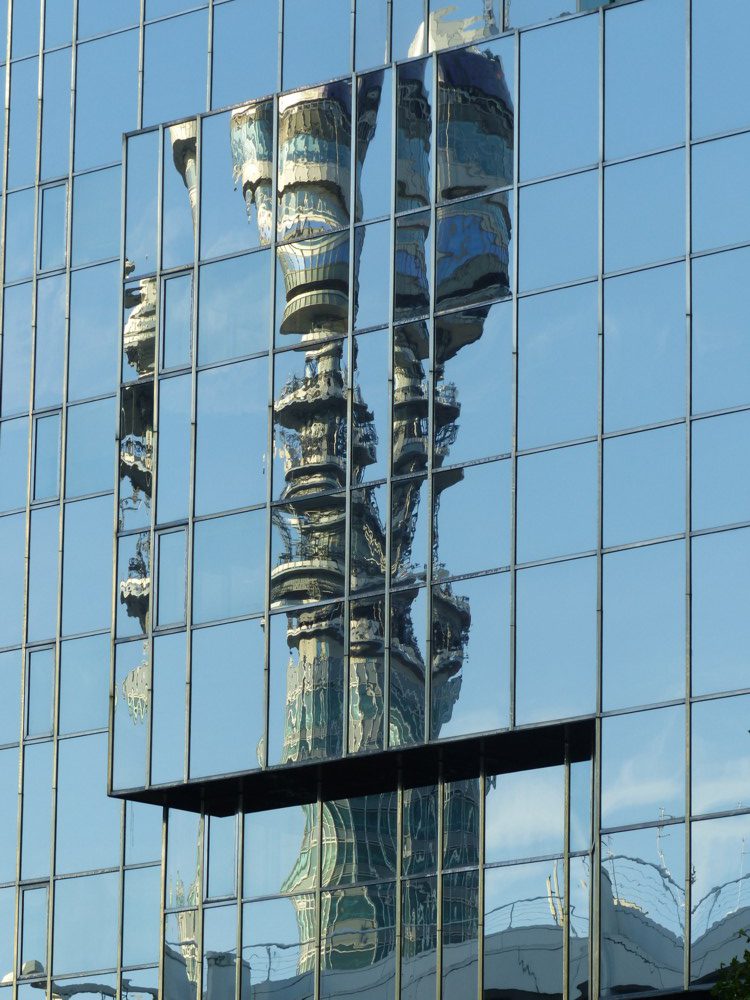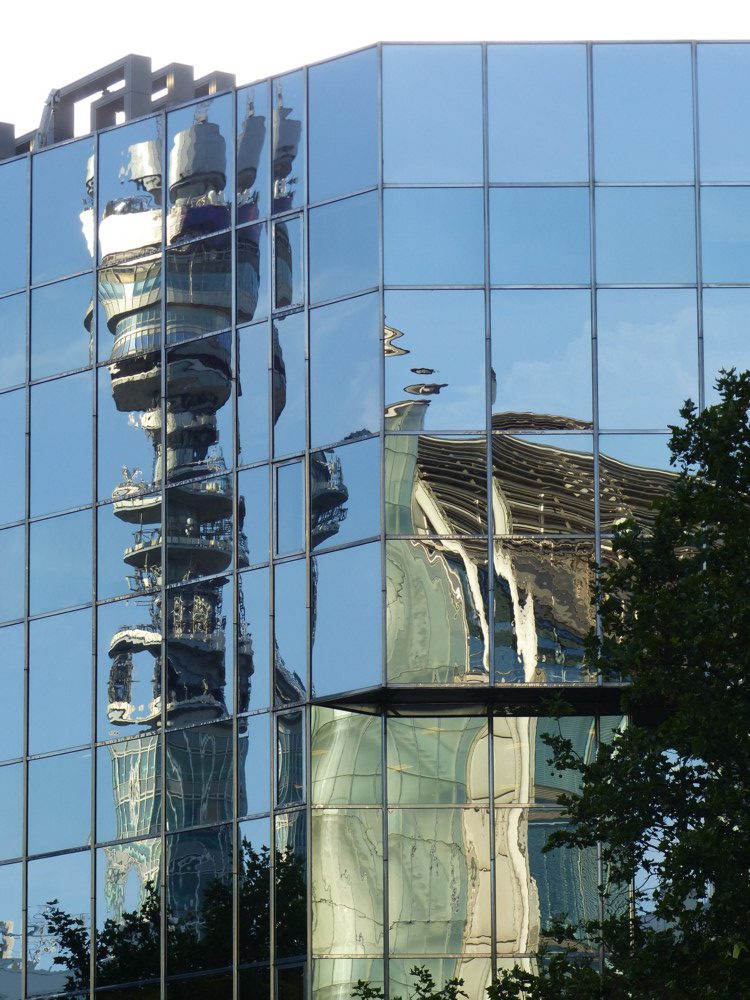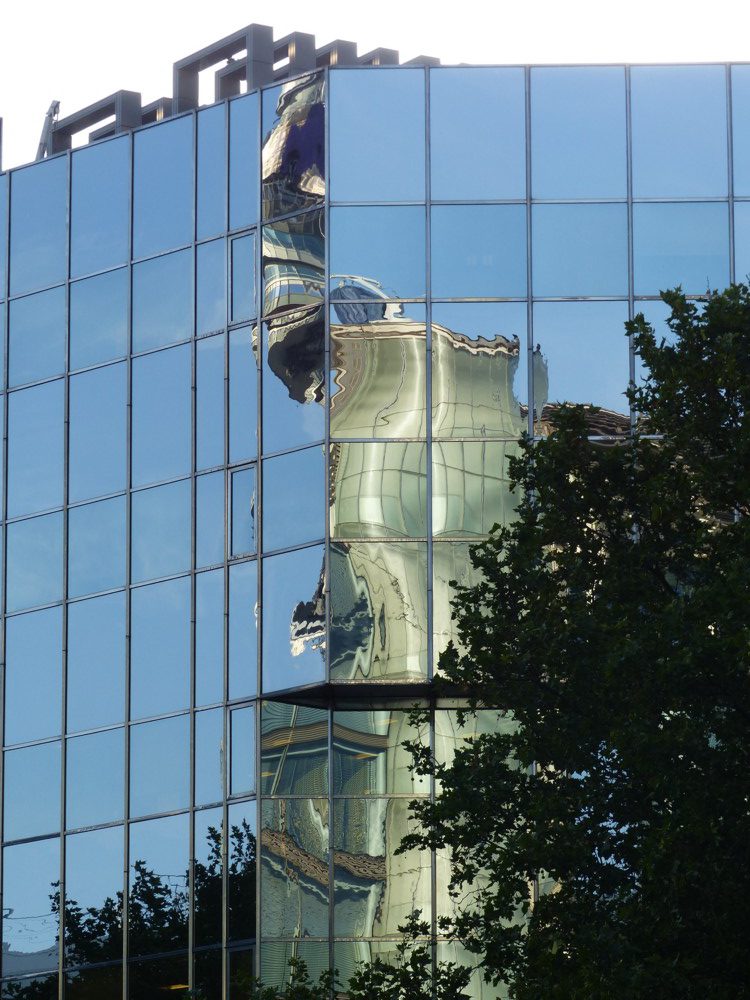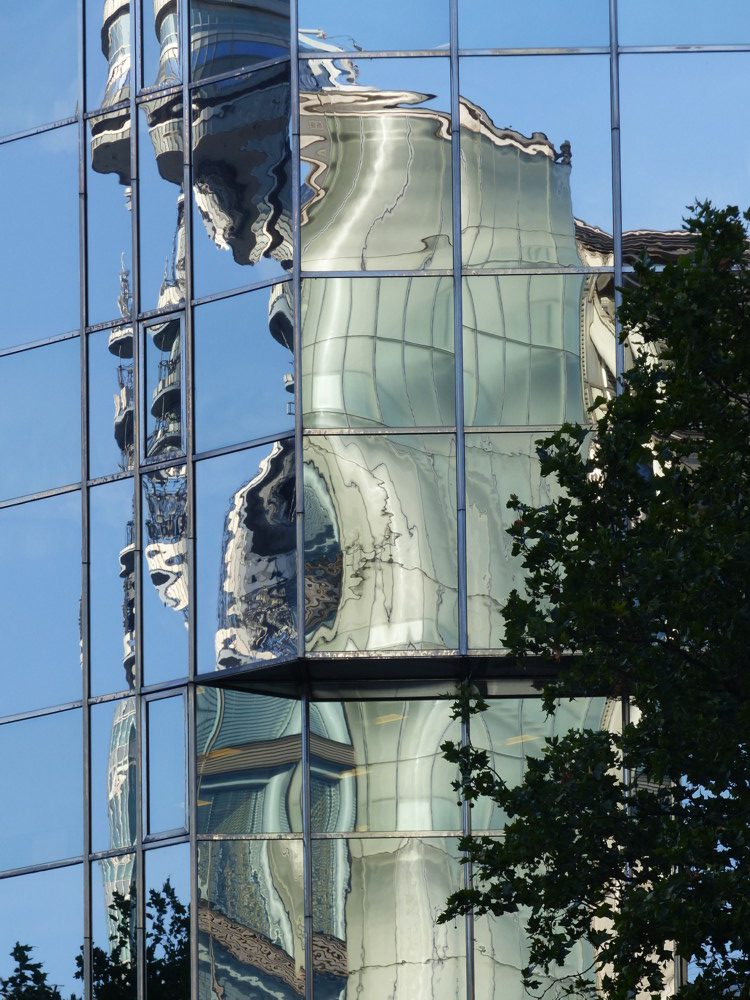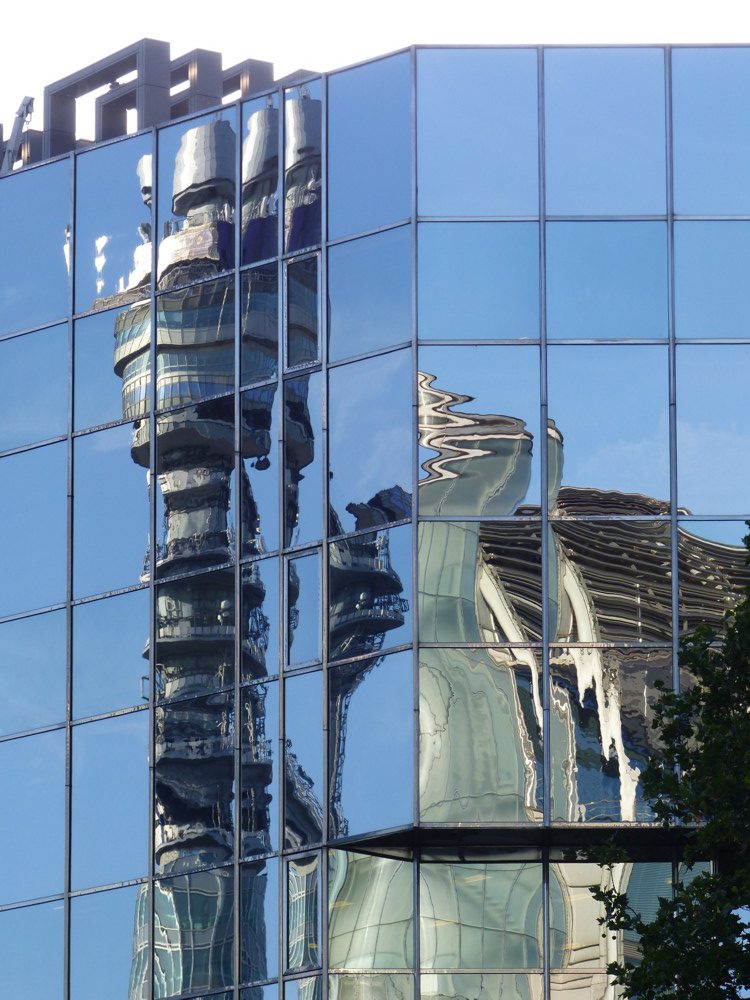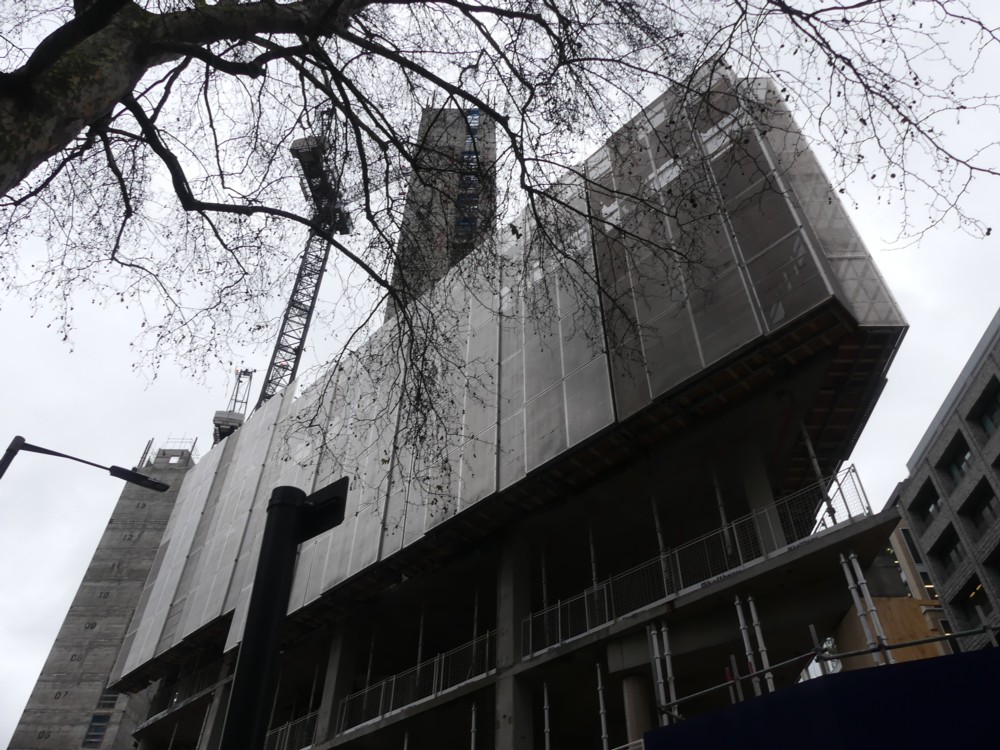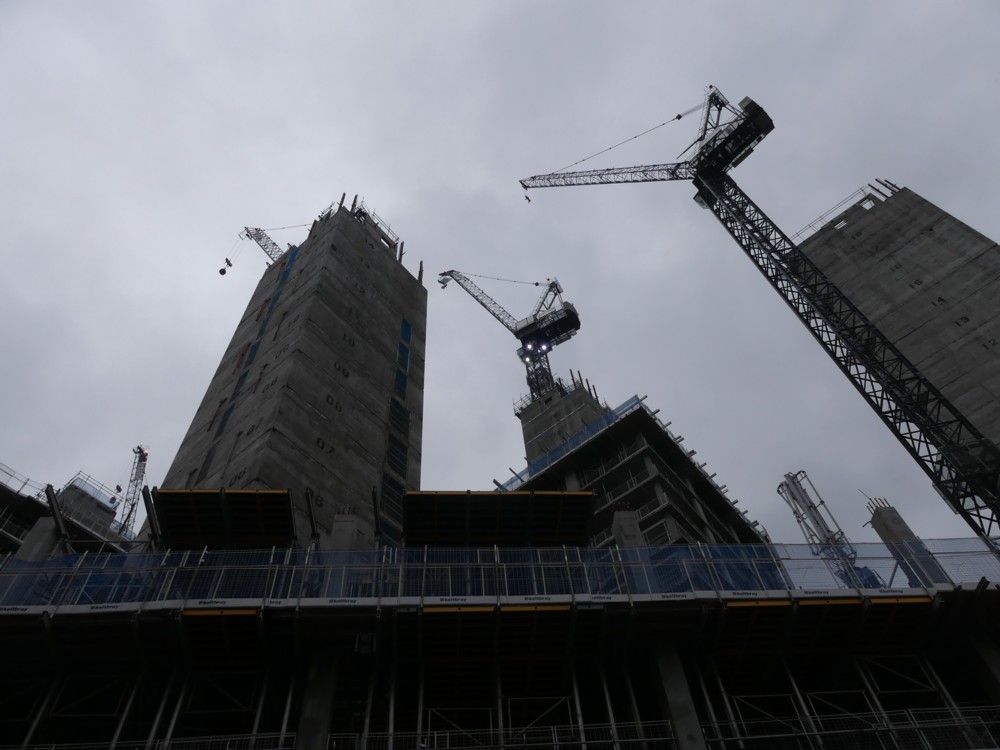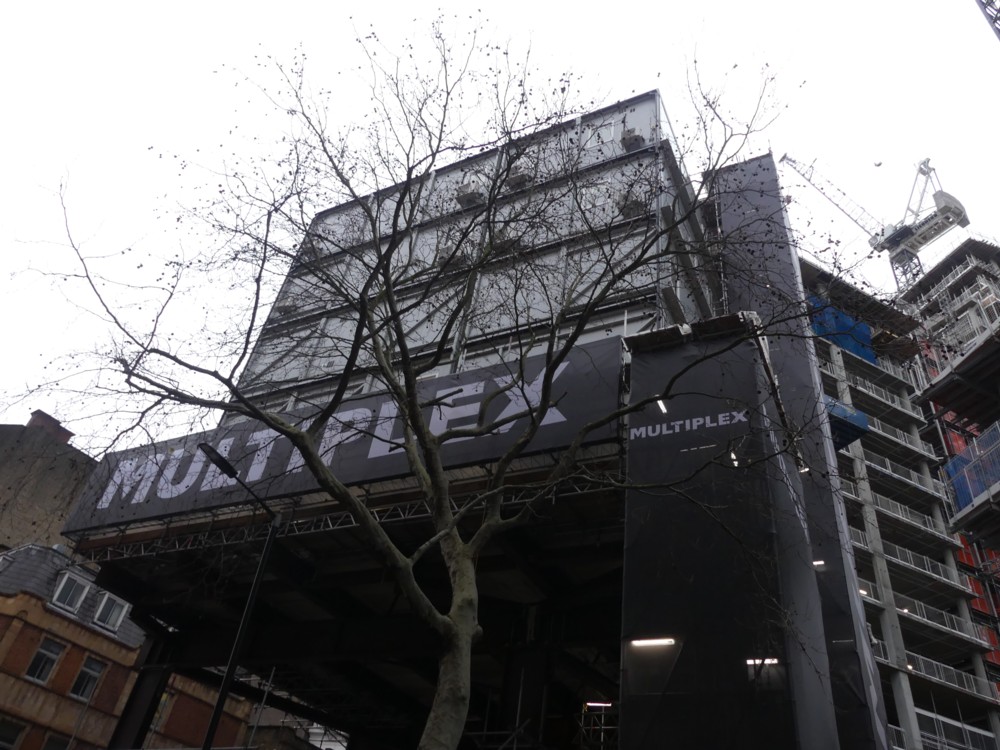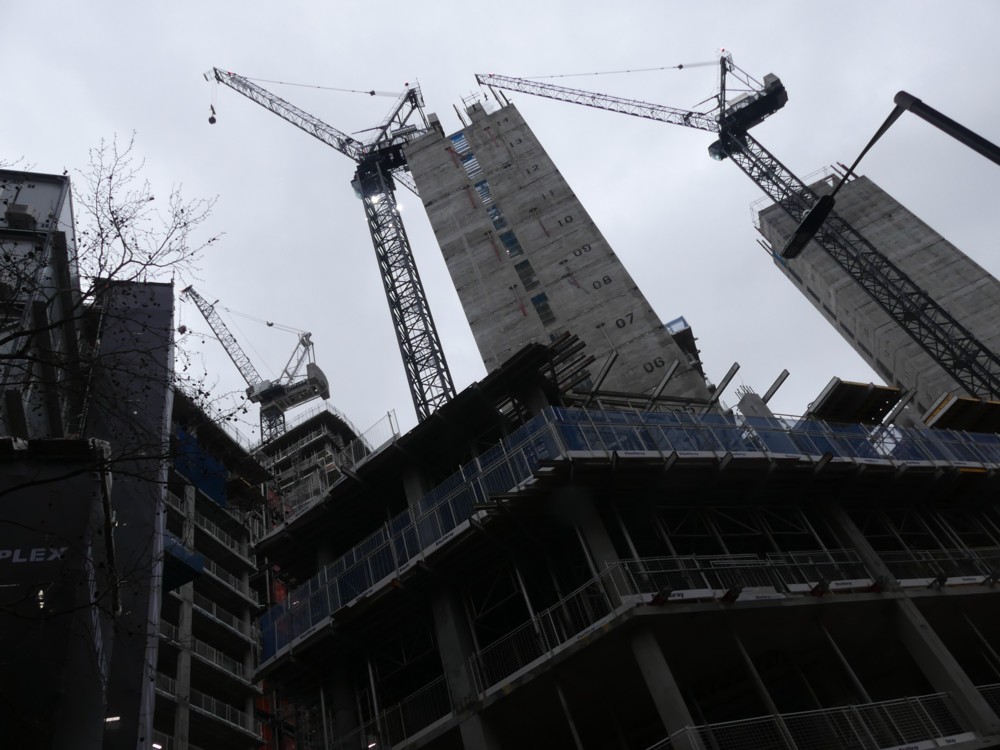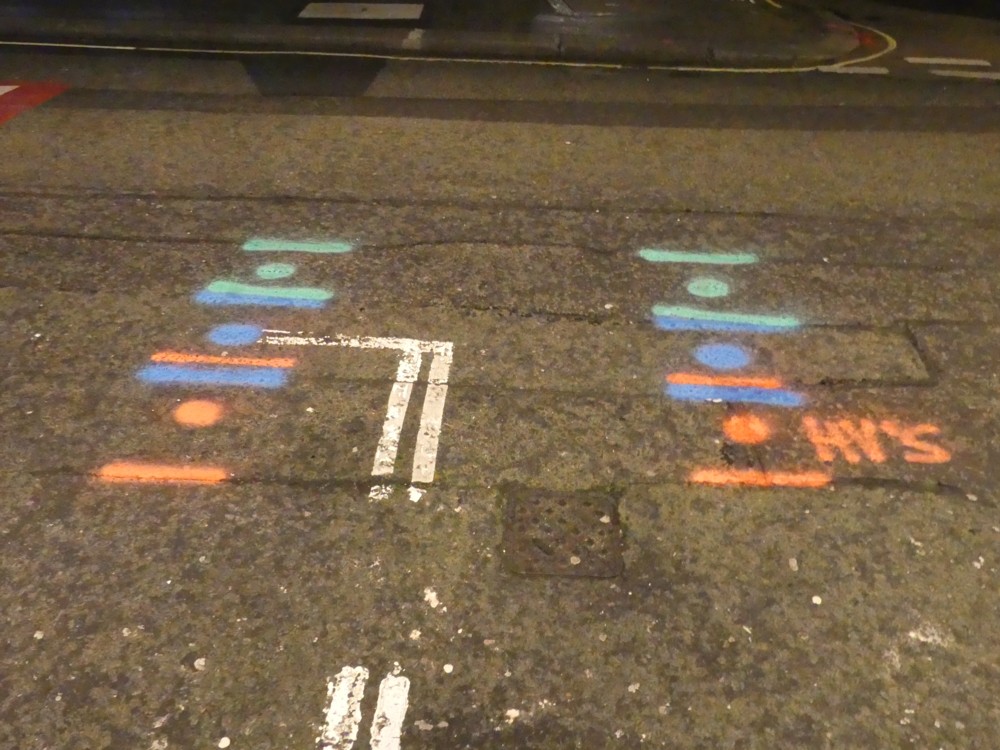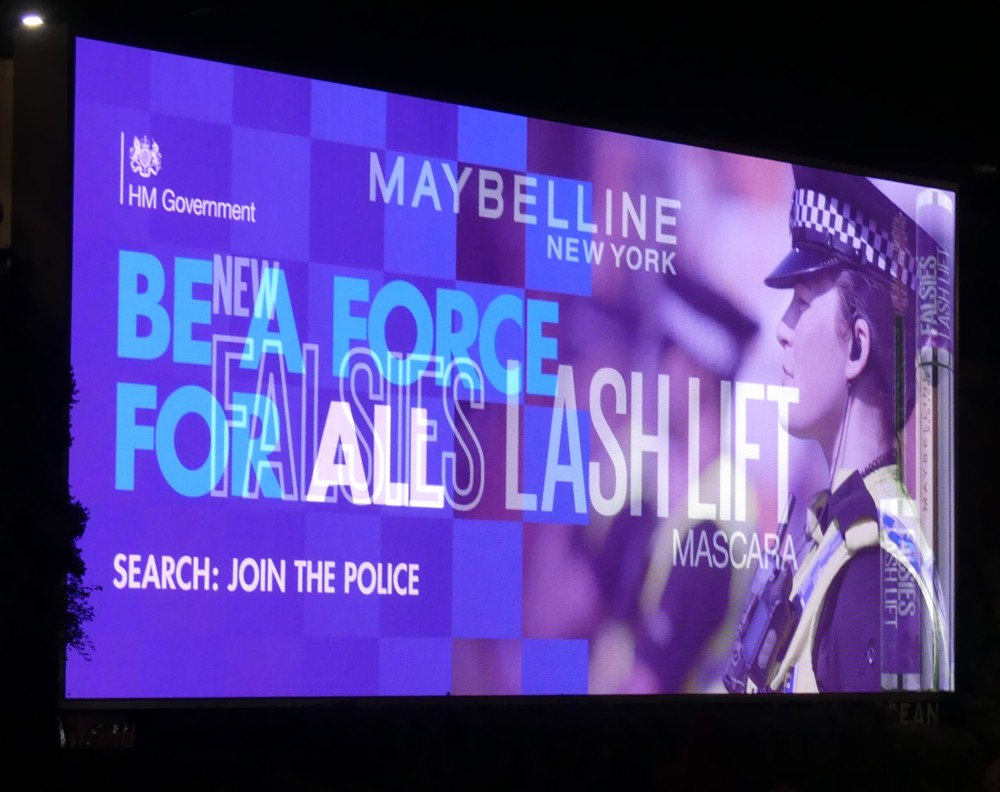On Thursday, I did a little posting on Samizdata, flagging up the conversation that Patrick Crozier and I recorded on the subject of the Falklands War. I’ve already mentioned this conversation a couple of times here, but I think this is the first time I’ve mentioned any of them over there, on my version of the mass media. There has so far been only one comment on this Samizdata posting (way below the Samizdata average (but a very informative one comment)), but I think I detect a very slight and non-coincidental uptick in our listener numbers. These have gone from pretty much non-existent, to infinitesimally tiny. Which is a significant improvement, I think.
All of which means that I now want to record the number of downloads there have so far been for each of these conversations that Patrick and I have done, as of now, so that I can see if these numbers continue to rise, and so that I am prevented from deceiving myself about how much they go up by, if they do. Here’s the state of play, in reverse order of recording: The Falklands War (28); The First Wold War: what happened next? (15); Christianity (13); Brexit (18); Why the West won the Cold War (12); History (11); Transport (19); The importance of being number three (11); Trump (19); Diversity (13); Television 7 (7), 6 (9), 5 (9), 4 (7), 3 (7), 2 (8), 1 (10); The First World War (26).
I know, these are ridiculously small numbers. But so what? We both like having these conversations. Think of it not as any sort of business, where the number and satisfaction of consumers is what makes it worthwhile. See it as Patrick and me enhancing our social life by having a more disciplined conversation than if we had just banged on in a pub for an hour, and what’s more a conversation where we can be sure of exactly what we earlier said, should we want to be. My feeling is, from where I sit, that we’re not just chatting, we’re learning. Learning things, with our homework and from each other, and also we are doing that particular kind of learning that consists of arranging things inside our heads, so that they make more sense than they might if we didn’t record what we said. And if a few others find that they like listening to our conversations, so much the better.

